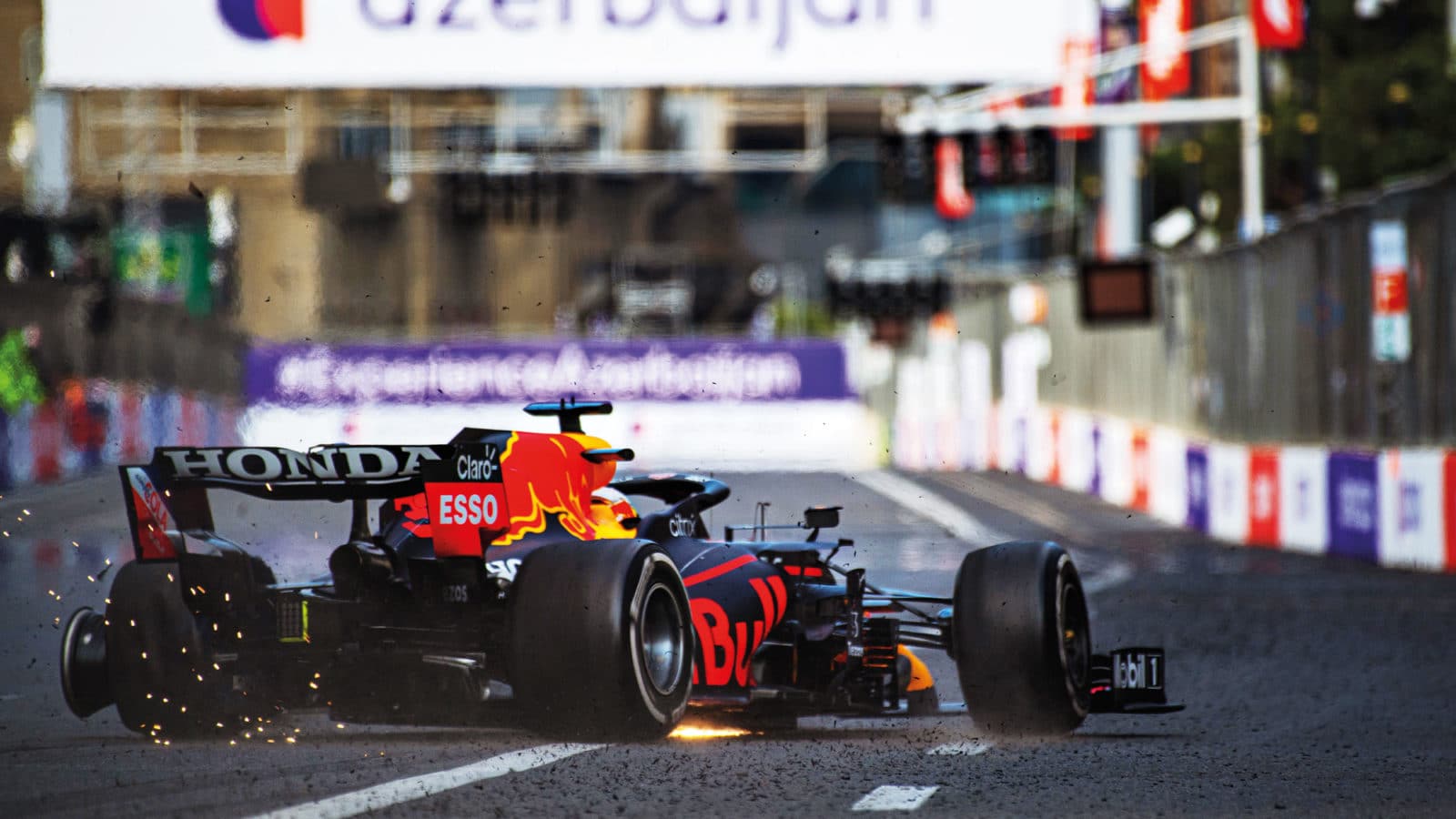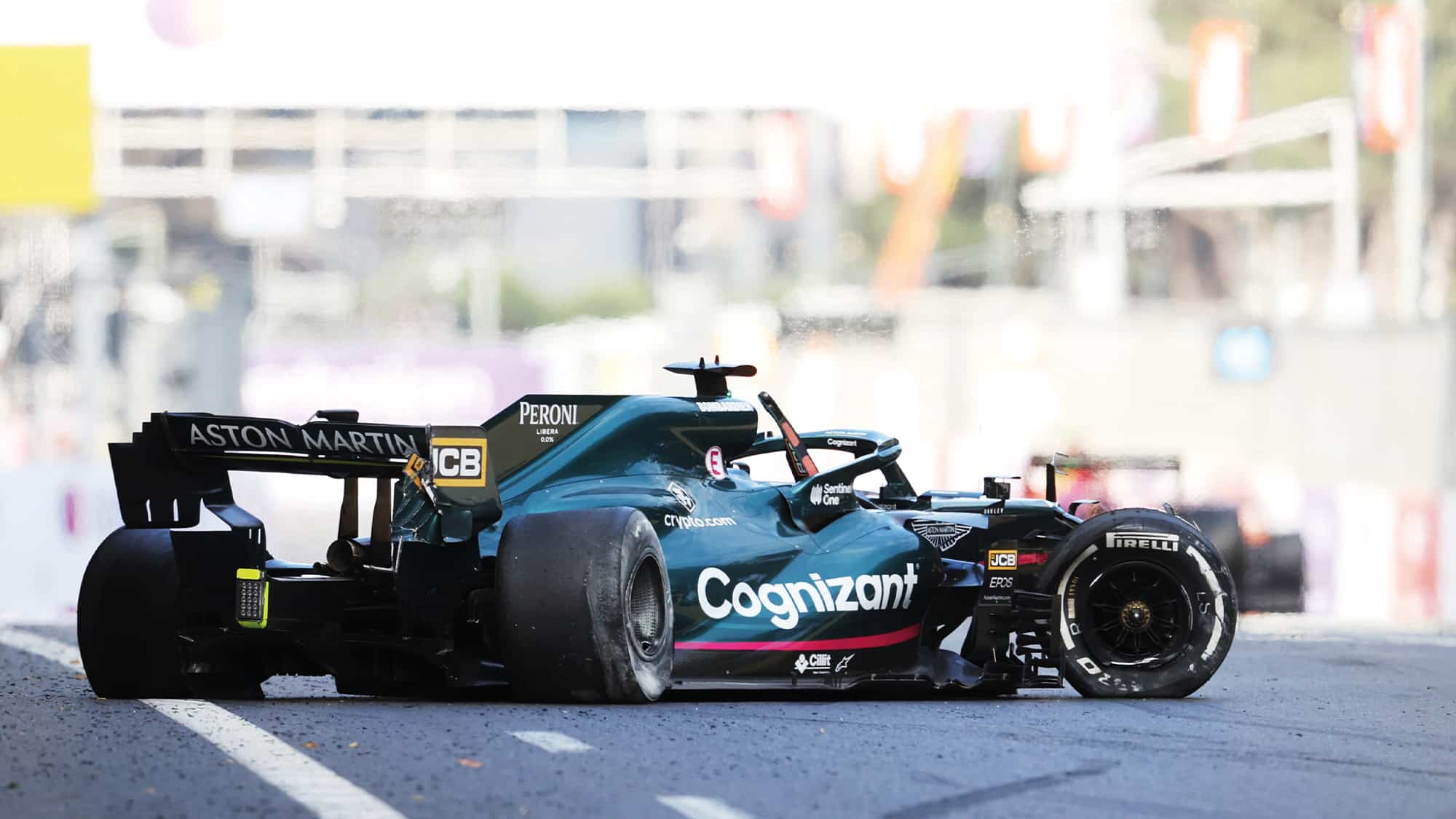Pirelli's pop culture
The Italian firm is still investigating what caused the dramatic tyre failures in Baku, but suspects debris may be to blame

Verstappen’s tyre failed at over 200mph. Both he and Lance Stroll were fortunate to escape unharmed
The blow-outs suffered by Max Verstappen and Lance Stroll in Baku gave everyone involved serious cause for concern. At the time of writing Pirelli was still conducting an investigation into what the cause may have been, but both failures were on the left-rear and on the pit straight where the cars are reaching 200mph and beyond. Both were of the hard compound. At the time of the failure, Stroll’s had completed 30 laps from a fully fuelled-up start. Verstappen’s had covered 34 laps from being fitted on lap 12 (when the fuel load would have been around 25kg lighter than at the start of Stroll’s stint). Both failures appeared to be on the inside shoulder of the tyre.
Sebastian Vettel – who has suffered from Pirelli tyre failures approaching Eau Rouge in 2015 and on the pit straight in Austria 2016 – was unimpressed. “I think both of them, Lance and Max, got really lucky today. If this happens at pit entry, we’re looking at a different incident. I think we got lucky with both incidents. But that mustn’t happen, absolute no-go.”
Pirelli suspected a possible cut from carbon fibre debris and cited as supporting evidence a large cut to the tread of Lewis Hamilton’s left-rear found after the race.
The left-rear is the less loaded of the rear tyres on this clockwise circuit but the inner tyres are put through some unusual stresses as they are dragged across the surface because of the camber of the wheels. The camber limits are set by Pirelli on the eve of the weekend, together with the minimum pressures permitted. At Baku the camber limit for the rears was -2 degrees (they have varied between -1.75 at Barcelona to -2.75 at Monaco). The rear pressure minimum was increased after Friday running from 19psi to 20, suggesting there were concerns already.
At the 200mph point of the circuit where the failures happened the centrifugal forces on the tyre’s internals are enormous – and they only get higher the lower the tyre pressures are set. Also the cars have just come through a flat-out right-handed kink (turn 19) where the left-rear would be under immense lateral load as well.

